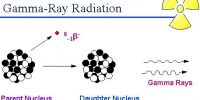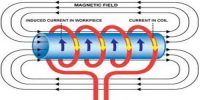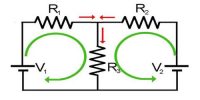We know that when temperature and other physical conditions (e.g. – length, cross-section, area) remain the same, the resistance of a conductor is a constant. The resistance of a conductor depends on four factors.
- Length of the conductor.
- A cross-sectional area of the conductor.
- Materials of the conductor and.
- The temperature of the conductor.
We know that if the temperature remains constant, the resistance of a conductor depends only on its length, area of cross-section, and the material of the conductor. This dependence on-resistance is expressed by two laws.
The figure shows two conducting wires P and Q with the same cross-sectional area and made of the same material. The length of wire P is longer than that of Q. Its resistance is greater as it is longer.

Law of length: The resistance of a conductor is directly proportional to its length when the cross-sectional area, material, and temperature of the conductor remain the same. If the length of the conductor is L, the area of cross-section is A, and its resistance is lt, then according to this law,
R ∞ L, when temperature, material, and A are constant.
Law of cross-section: The resistance of a conductor is inversely proportional to its cross-sectional area when the length, material, and temperature of the conductor remain the same. That is, R ∞ 1/A, when temperature, material, and L are constant.













